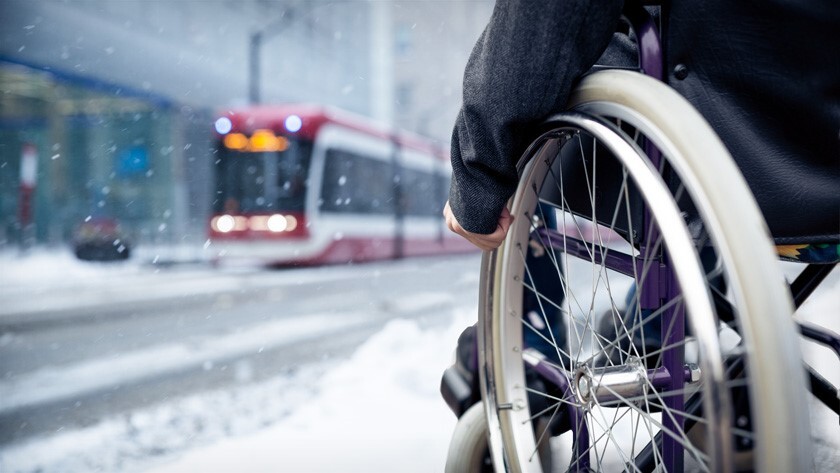Main Second Level Navigation
Dec 21, 2021
Not Made for Winter
Research, Education, Alumni, Faculty & Staff, Partnerships
Mobility scooters are not up to the challenges of Canadian winters.

Photo courtesy of UHN
Individuals who use mobility aids, including wheelchairs and scooters, face serious barriers in winter weather. Even slopes and curbs that conform to standards set by the Americans with Disabilities Act can present challenges.


